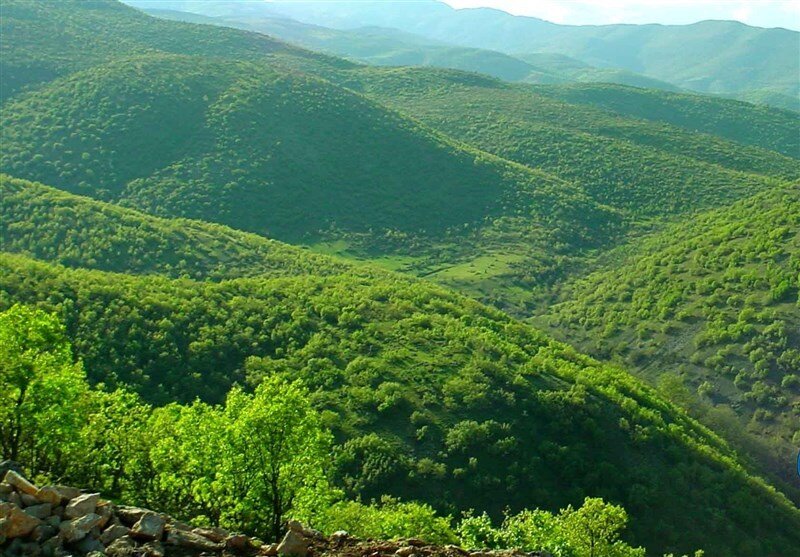Zagros forests to be rejuvenated

TEHRAN – A campaign has been launched to attract public participation for planting trees in line with reviving and protecting Zagros forests.
Zagros forests are among the most important natural resources of Iran, as it constitutes 40 percent of the country's forests, and play an important role in the production of a large part of the country’s freshwater.
A campaign called “people's movement for a green Iran and each Iranian a tree” began on December 1 to evoke the people’s participation in the revival of forests for 14 years, Kamran Pour-Moqaddam, an official with the Forests, Range, and Watershed Management Organization, said on Saturday.
Zagros forest steppe ecoregion with an area of about 6 million hectares (3.5 percent of Iran) is ranging northwest to southeast and western borders. In this campaign, the role of people in forest restoration has been identified and cultural issues for the restoration and protection of natural resources are promoted by implementing different projects, he further stated.
Now, the implementation of this project has started in 11 provinces of Zagros and 74 cities, and we hope that it will continue in the whole country. West Azarbaijan, Hamedan, Kordestan, Ilam, Chaharmahal-Bakhtiari, Kohgiluyeh-Boyerahmad, Fars, and Khuzestan are the main provinces in the Zagros region where the seeding project has started, he explained.
Reforestation operations are carried out through both seeding and planting, and we use seeds or seedlings depending on the location, tree species, and season of restoration. Now the sowing operation starts from autumn and at the same time with the first rains and continues until the frost season, and we continue to plant trees and seedlings, he further added.
One of the major problems in these forests is the drying up of oak trees and a fungal disease that has infected these trees. The main cause of this disease is the droughts that have occurred in recent years. The areas that were involved in this problem have been partially controlled by watershed management and forestry operations, but we need seeding and rehabilitation operations in this area, he said.
Sowing is done with native species of Zagros and does not require irrigation and is planted naturally and in accordance with the climate of the region. Therefore, we are not worried about using water resources, and rain and snow will cause these seeds to grow, he also noted.
In this popular movement, forest protection and maintenance are supposed to be the people’s responsibility, he concluded.
Zagros forest steppe ecoregion with an area of about 6 million hectares (3.5 percent of Iran) is located primarily in Iran, ranging northwest to southeast and roughly paralleling the country's western border. The forest constitutes 40 percent of the country’s forested area. The forest has also been called western oak forest due to the dominance of oak species.
According to Science Direct Western, oak forests are home to many species including, the Persian squirrel which is the indicator species of this region. Persian squirrels and oak trees have symbiotic relationships, in which forests provide ecological requirements of Persian squirrels such as food and shelter and, in return, the Persian squirrel contributes to seed germination and forests’ regeneration.
A wide variety of wildlife, including wolves, leopards, and even the Persian fallow deer which was once thought extinct have made their homes in the mountains.
FB/MG
